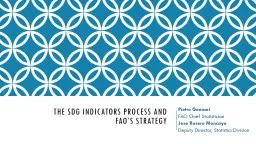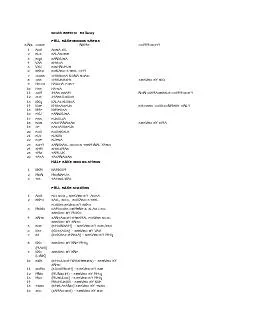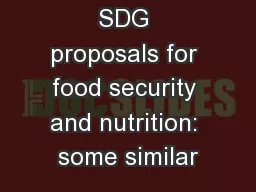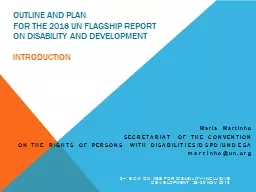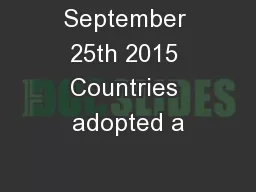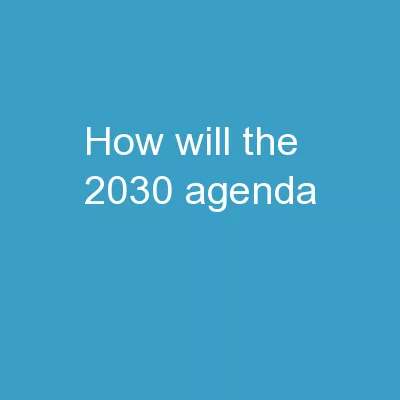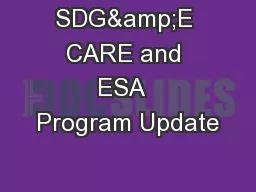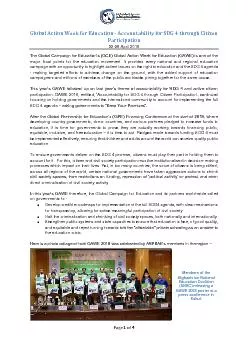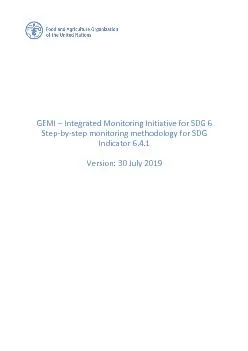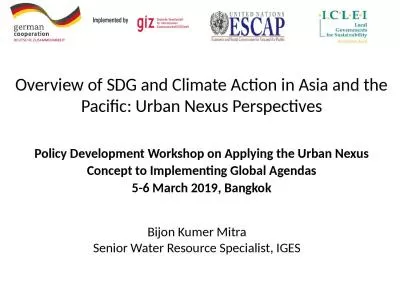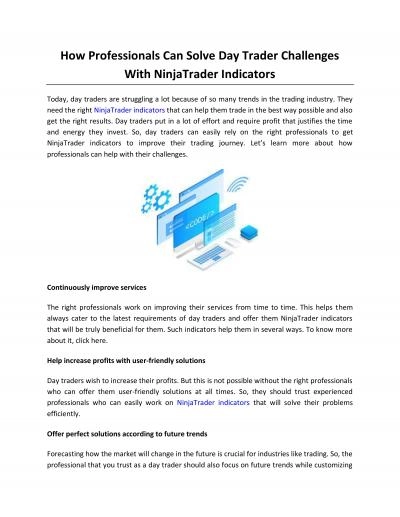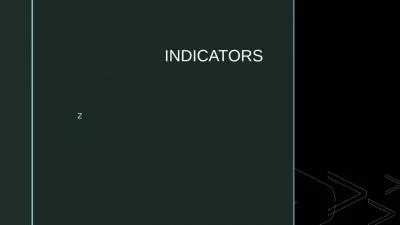PPT-The Global SDG indicators process and
Author : stingraycartier | Published Date : 2020-10-06
faos role in support to countries Dorian Kalamvrezos Navarro Programme Advisor FAO Office of the Chief Statistician the Global SDG INDICATOR framework The 2030
Presentation Embed Code
Download Presentation
Download Presentation The PPT/PDF document "The Global SDG indicators process and" is the property of its rightful owner. Permission is granted to download and print the materials on this website for personal, non-commercial use only, and to display it on your personal computer provided you do not modify the materials and that you retain all copyright notices contained in the materials. By downloading content from our website, you accept the terms of this agreement.
The Global SDG indicators process and: Transcript
Download Rules Of Document
"The Global SDG indicators process and"The content belongs to its owner. You may download and print it for personal use, without modification, and keep all copyright notices. By downloading, you agree to these terms.
Related Documents

